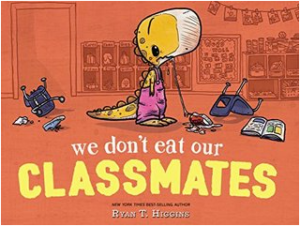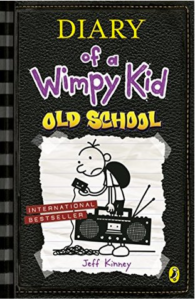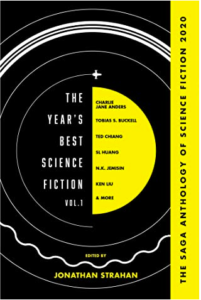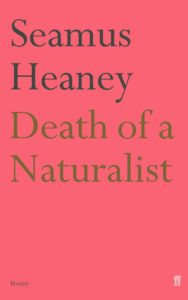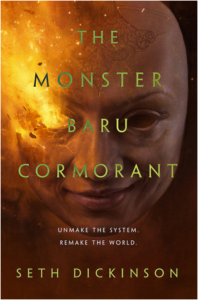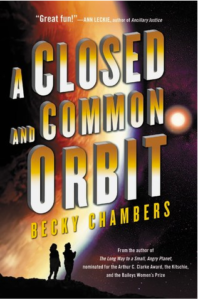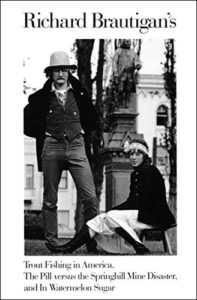This very cute graphic novel tackles a very serious subject in a truly accessible way. The Geeky Fab 5 are students at Earhart Elementary, four of whom have just begun their fourth grade class curriculum on nutrition. They’re also participating in a fundraising bake sale by putting together a rainbow volcano cake, and prepping for a field trip to a real farm. When new girl Fiona joins the class, their teacher Miss Malone knows to put her in the charge of the GF5, who will take good care of their new friend. But Fiona is hiding a troubling secret, and when the GF5 figure it out due to Fiona’s little brother Freddy, will they be able to combine their geeky skills and talents to solve a really big problem?
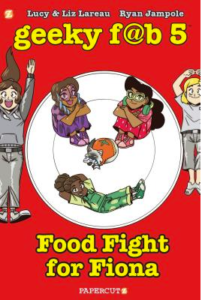 One of my favorite things about this book was the way the authors, mother-daughter duo Lucy and Liz Lareau, as well as editor-in-chief Jim Salicrup, went to great pains to stress that even tho being poor and hungry can make you feel small and not as good as everyone else, it’s nothing to be ashamed of, especially if you’re a child. In any country of plenty, the onus is on those who have more than enough to ensure that those with less are given a chance to thrive, not just survive. It’s easy to forget how many go hungry daily because of matters out of their control, and books like Food Fight For Fiona remind us of the necessity to pull together as a society and do what we can to help those in need. GF5:FFFF also includes a bunch of different suggestions on how everyone can contribute, from food drives to helping build modern-day victory gardens to seeing what local food pantries need in terms of infrastructure.
One of my favorite things about this book was the way the authors, mother-daughter duo Lucy and Liz Lareau, as well as editor-in-chief Jim Salicrup, went to great pains to stress that even tho being poor and hungry can make you feel small and not as good as everyone else, it’s nothing to be ashamed of, especially if you’re a child. In any country of plenty, the onus is on those who have more than enough to ensure that those with less are given a chance to thrive, not just survive. It’s easy to forget how many go hungry daily because of matters out of their control, and books like Food Fight For Fiona remind us of the necessity to pull together as a society and do what we can to help those in need. GF5:FFFF also includes a bunch of different suggestions on how everyone can contribute, from food drives to helping build modern-day victory gardens to seeing what local food pantries need in terms of infrastructure.
All this is presented in an adorable manga format that the cover simply doesn’t do enough justice to! I can be pretty iffy in my opinion of most manga, particularly in terms of panel-to-panel flow, but Ryan Jampole sidesteps all my issues, with perfect layouts that eliminate any possible confusion as to who is doing or saying what. I also love the diversity of the girls and their families, with the added bonus of there being zero chance of confusing characters with one another. Even though this is the fourth book of the series, it’s also really easy to figure out who is who and how they’re all related.
Overall, a terrific book to share with your middle-grade reader that comfortably discusses childhood hunger without sounding preachy, and offers concrete ideas for what to do to help feed those who need it. I can’t wait to get my hands on more of these volumes!
Geeky Fab 5 Vol. 4: Food Fight For Fiona by Lucy & Liz Lareau and Ryan Jampole comes out today from Papercutz and is available from all good booksellers.

